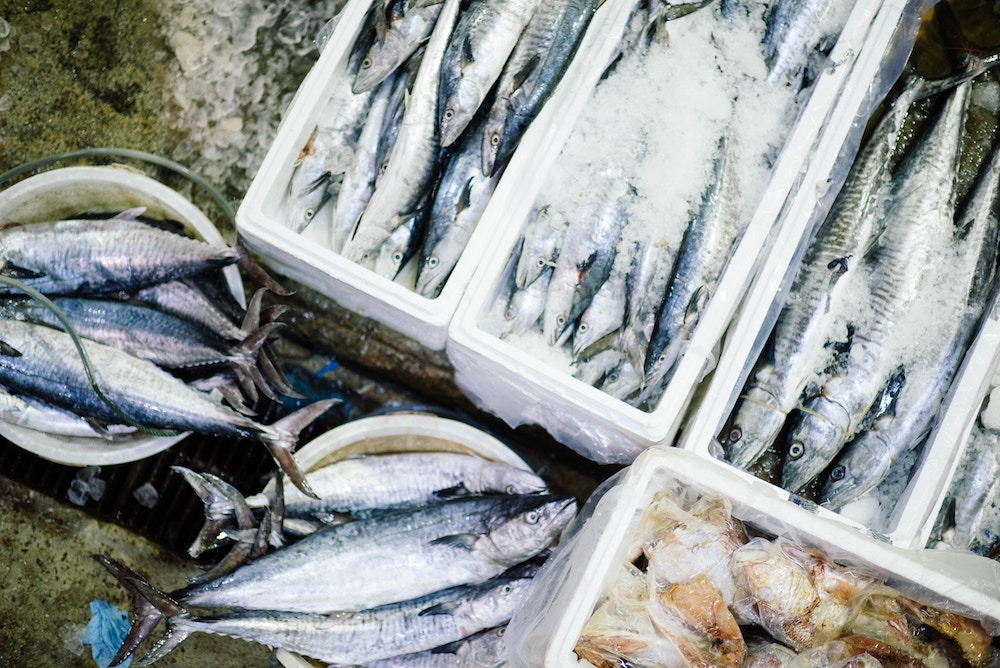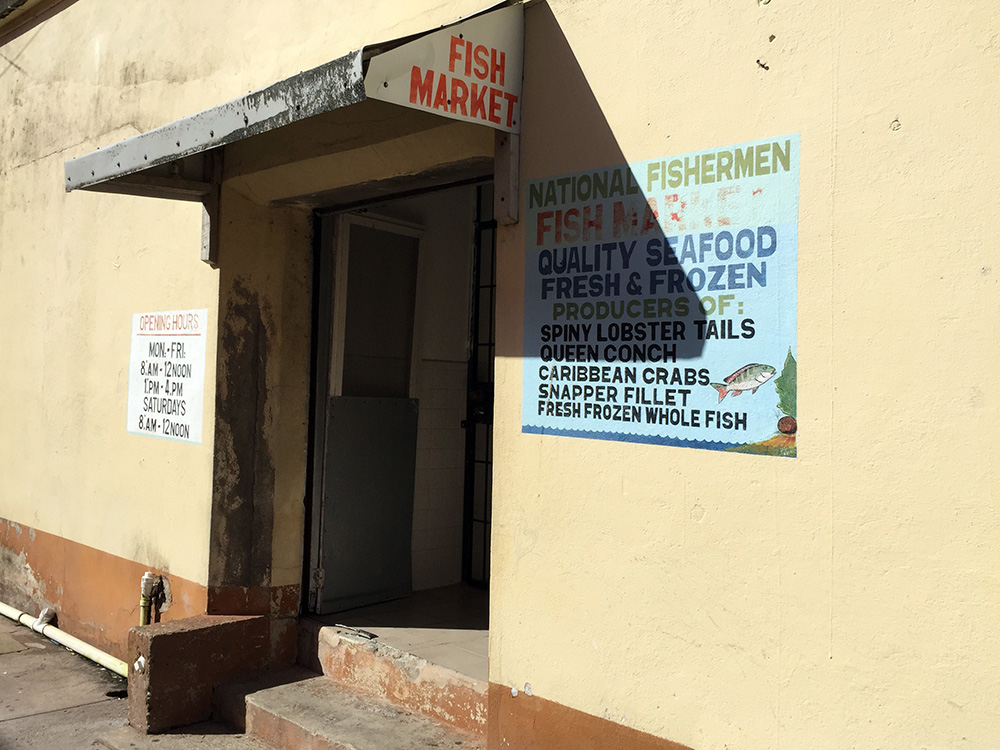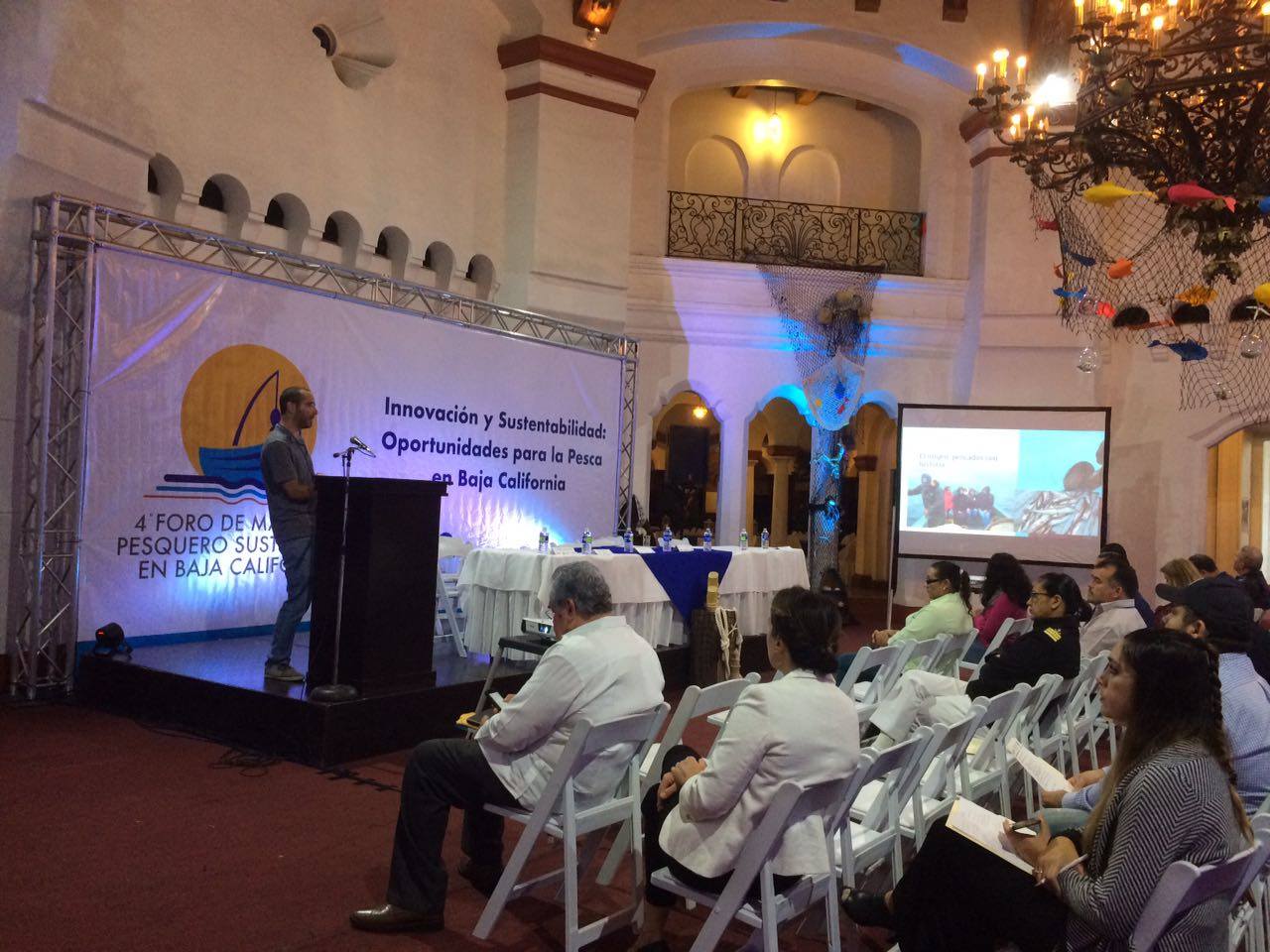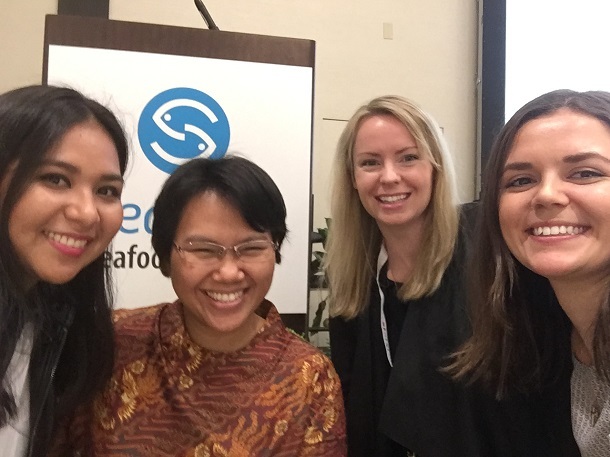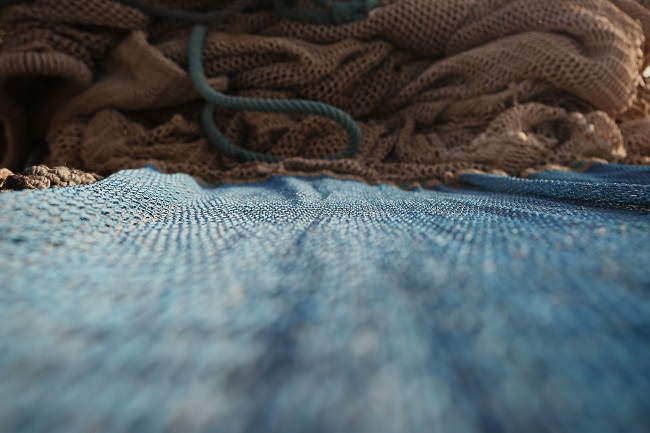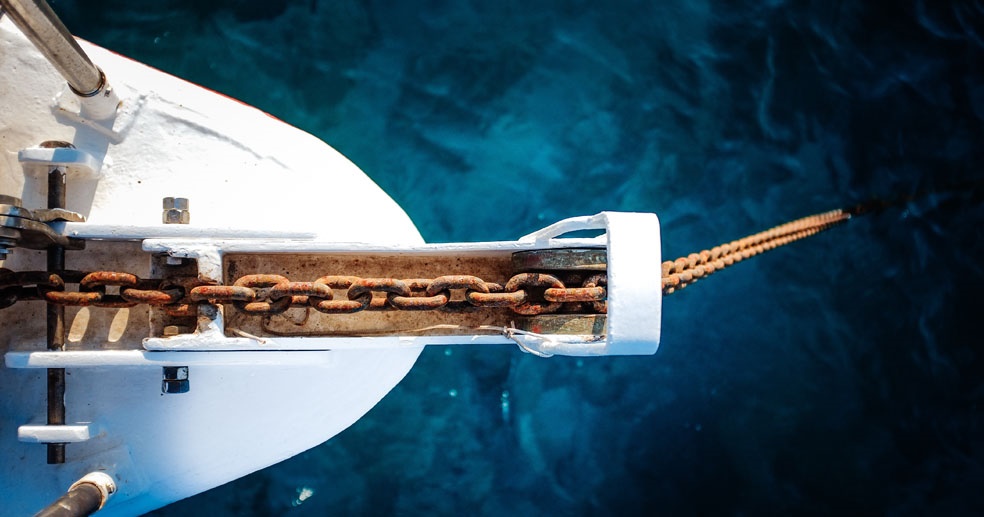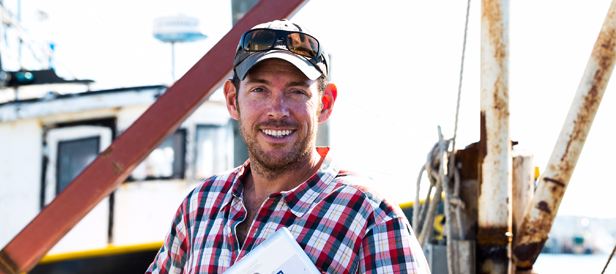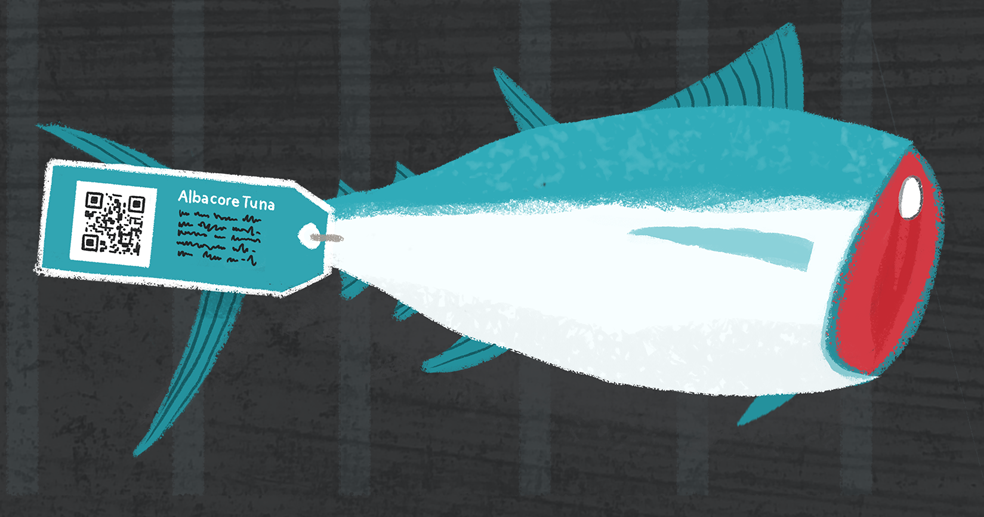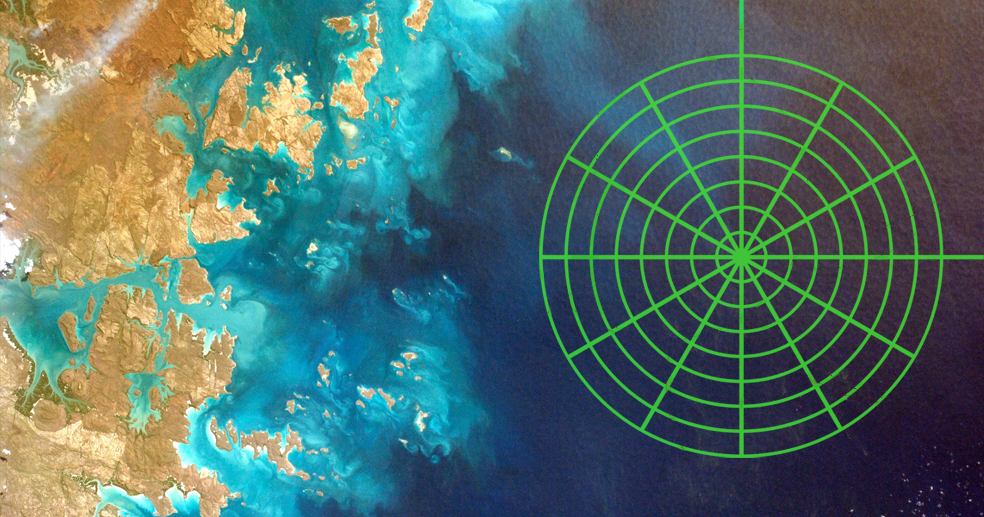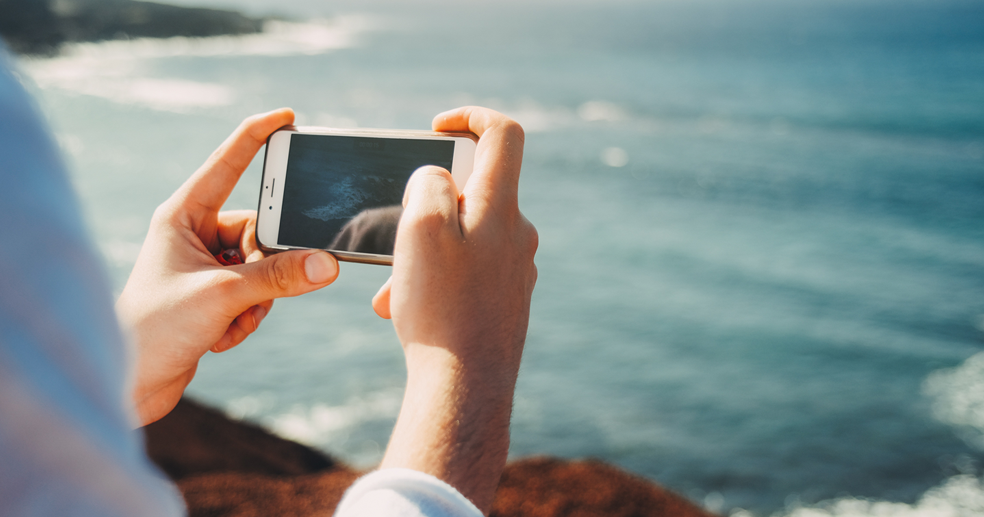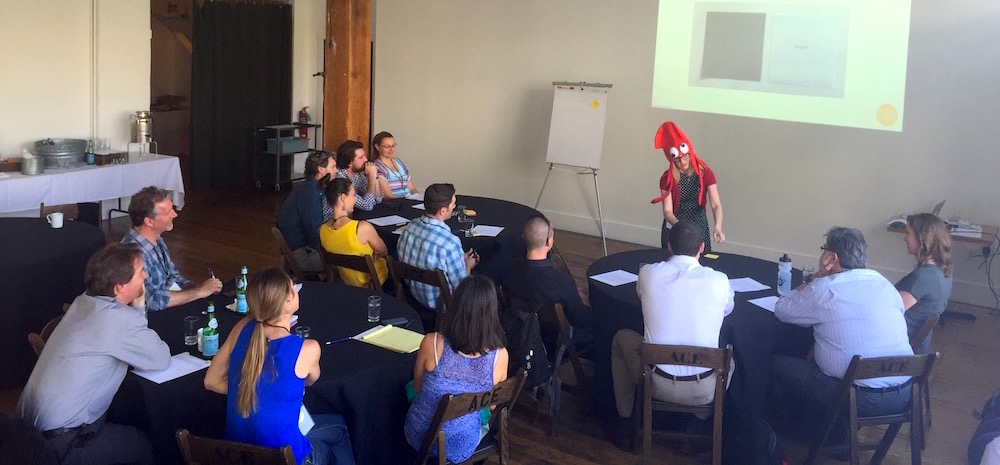Chile Takes Action against Illegal Fishing with New Law
Versión en Español a abajo Chile is taking a big step forward in the fight against illegal, unreported, and unregulated (IUU) fishing with the Chilean Senate’s approval of the National Fisheries and Aquaculture Service (SERNAPESCA) modernization project. These new regulations modernize SERNAPESCA, giving it more power to fight illegal fishing and punish the supply chain players who trade in—and profit from—illegally caught seafood. The enforcement capabilities are coupled with a mandate that increases transparency in access to the Vessel Monitoring System (VMS), and makes…



